How are new truths created in times of technological change? What is the role of myth and ritual in uncovering, shaping, and instrumentalizing these truths? For whom, or what, or which worlds?
In this exhibition from MA Interaction Design Students at UAL’s London College of Communication, new works explore the relationships between bodies, environments and technologies; question received notions of smartness and judgement; and search for ways to understand and communicate our shifting relationship with new machines and systems.
-

Eating Machine
Xiong Congxiao (CN)
Eating Machine explores the relationship between humans and machines when machines possess or surpass human-like capabilities. Through an activity—eating—that is useless for machines but irreplaceable for humans, the work presents a deliberately absurd scenario and raises questions about the uniqueness of human experiences, asking whether it is still necessary for humans to engage in firsthand…
-
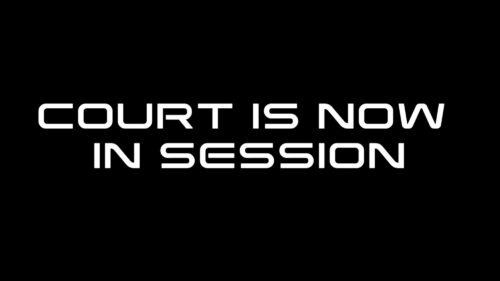
AI Judges: The Future of Fairness
Rajvi Bhandari (IN)
This speculative art installation explores the integration of artificial intelligence in judicial proceedings and raises questions about potential biases and ethical considerations of using algorithms to make decisions. The dialogical nature of this piece aims to encourage reflection on the role of technology in shaping society and values, and the tension between unbiased judgement and…
-

Cybernetic Resonance
Han Bao (CN)
This installation embodies a revolutionary approach to music creation, converging human input, artificial intelligence and automated guitar performance. Hummed melodies from participants are metamorphosed into intricate guitar compositions.
-
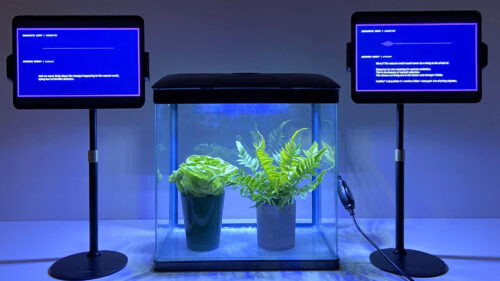
Decoding Lab – Bioacoustics: 2050
Xiaohan Leng (CN)
Decoding Lab – Bioacoustics: 2050 simulates a future decoding technology to translate plant bioacoustics into humanly understandable speech, aiming to reflect on human and nature relations through a narrative from the perspectives of non-human agency.
-

Down to the underground Karst landscape
Hanqi Li (CN)
This project is an installation and sculpture-based mapping simulating a speculative archaeology scenario in China’s Guizhou karst landscape. By presenting the presence of technological products as the evidence of geological strata that have been mined, Down to the underground Karst landscape aims to question how we could search for traces recording the entanglement between data…
-

Embodied Perception
Olivia Burgess (US/FR)
Through video, dance and poetic storytelling, this instillation calls for the interrogation of reality. Reality is built from perception, the sensorial experience of our orientation towards different objects, people and places.
-

Everyone prays differently
Murilo Gasparetto (BR)
A ritualistic space proposing new perspectives about the connection between spirituality and nature. In contrast to vision, this piece stimulates other senses like hearing and touch to move away from everyday habits often associated with technological advancements and the appreciation of pure reason.
-

Fang Sheng
Yuanyuan Li (CN)
Set in a Chinese Buddhist context, this project focuses on the phenomenon of Fangsheng. The work uses on-screen text files, images and laptop microphones to show the gradual transformation of spiritual Buddhist practice into ritualistic activities of external, networked, capitalist propaganda, reflecting on the deviation of the current practice of Fangsheng from the Buddhist concept…
-
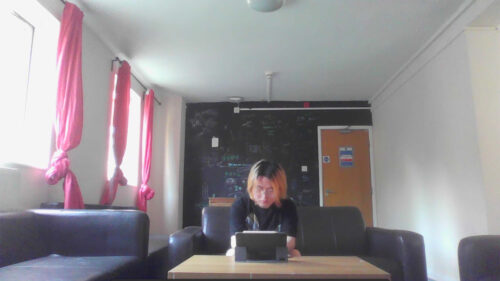
Live in the present
Youhao Jiang (CN)
We are overloaded with information in this age of information explosion and everyone is increasingly living in the present without thinking about the future.
-

Narcissus
Yueying Yang (CN)
The machine algorithm uses human data to give the answers that humans want. Arguably, machines change their image according to human preference, making people as enamored of their machine selves as the mythical narcissus who fell deeply in love with his reflection in the water.
-

Newton’s Sleep
Lu Deng (CN)
A person is training a computer model to understand the world, during which images of dandelions strangely reappear. Is it a virus? Or is the protagonist hallucinating?
-
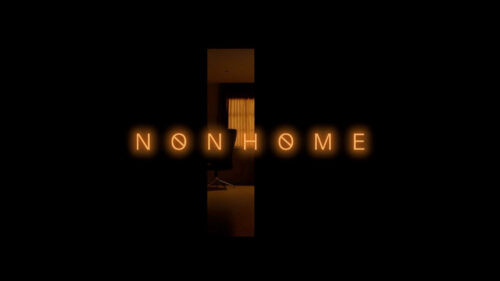
Non-home
Zheng Chen (CN)
Non-home is a 3D single channel video illustrating the phenomenon where some domestic spaces in megacities are becoming “nonplaces”, as defined by Marc Augé. Set within a fictional apartment, the video follows a monologue of a smart system.
-
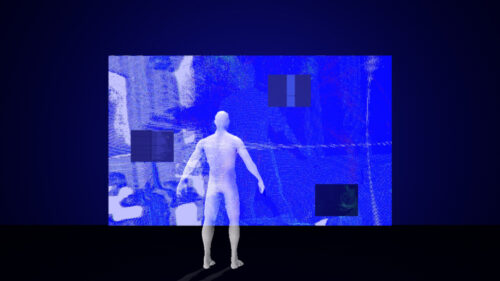
Off-Loading
Lokyin Pang (HK)
This project explores how the reliance of people on digital tools to manage tasks and memories affects cognitive functioning. It investigates whether this “offloading” is a subtle or directly perceivable process.
-

The Camden Lid
Chuan Liu (CN)
A social experiment. The author reshaped the Camden Bench, a hostile architecture based in London, with cardboard. By chosing a place for the homeless, the author hopes to arouse the audience’s thinking about the design ethics of public facilities and encourage the re-creation of public space.
-
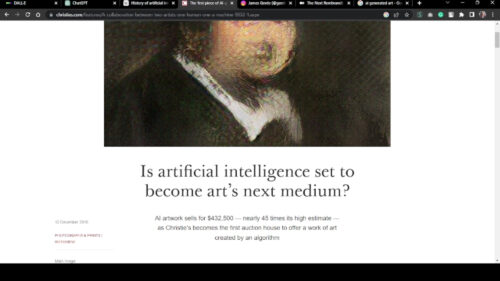
The Canvas of Tomorrow
Aashna Nair (IN)
Through screen captures and storytelling, this short film—which shows the evolution of artificial intelligent generative art—is an invitation to explore the limitless possibilities that emerge at the intersection of artificial intelligence and human creativity while reimagining the meaning of creativity and “what is creative?”
-

The Forgotten: Behind the Wall
Zibo Wang (CN)
In an abandoned ancient Chinese street, who is making strange noises behind the courtyard wall? This project tells a story about ancient Chinese beliefs through a virtual reality experience, using animism as a lens to reflect on the changing relationship between humans and the external environment in an era of increasing reverence for scientific progress,…
-
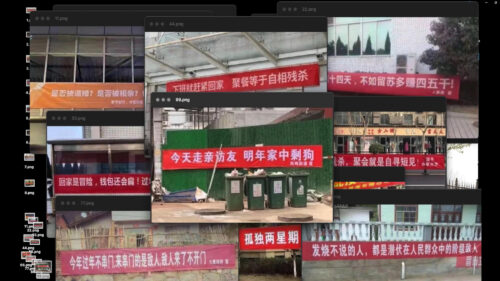
The Red Slogans
Tiemu Zheng (CN)
This work looks at the phenomenon of dense red slogans in China. It explores the social phenomena that lie behind the density of red slogans. The first part of the work describes the phenomenon of red slogans, the second part examines the origins of the slogans, and the third part considers their social impact through…
-

Traces in the Shadows
Ayushi Chandani (IN)
Exploring the entanglement of virtual and physical presence through the human body, the work prompts the audience to confront their daily interactions with technology and contemplate the traces of data they unknowingly leave behind, even when physically absent.
-
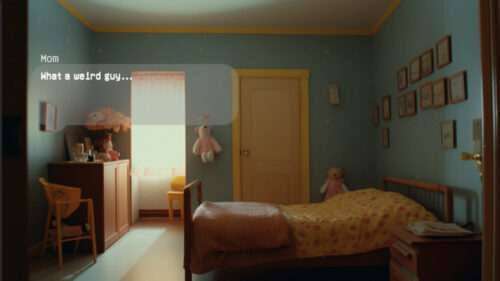
Until The End
Tianyang Zhang (CN)
Until The End is a psychological horror interactive novel game. As a new tenant in a haunted house, you’ll experience five days of life in this house.
About the Institution
The University of the Arts London is a top university for art and design according to the QS World University Rankings® and Europe’s largest specialist university for art and design. UAL’s London College of Communication school is a world leader in creative communications education, through our industry-focused courses in Design, Media and Screen.

